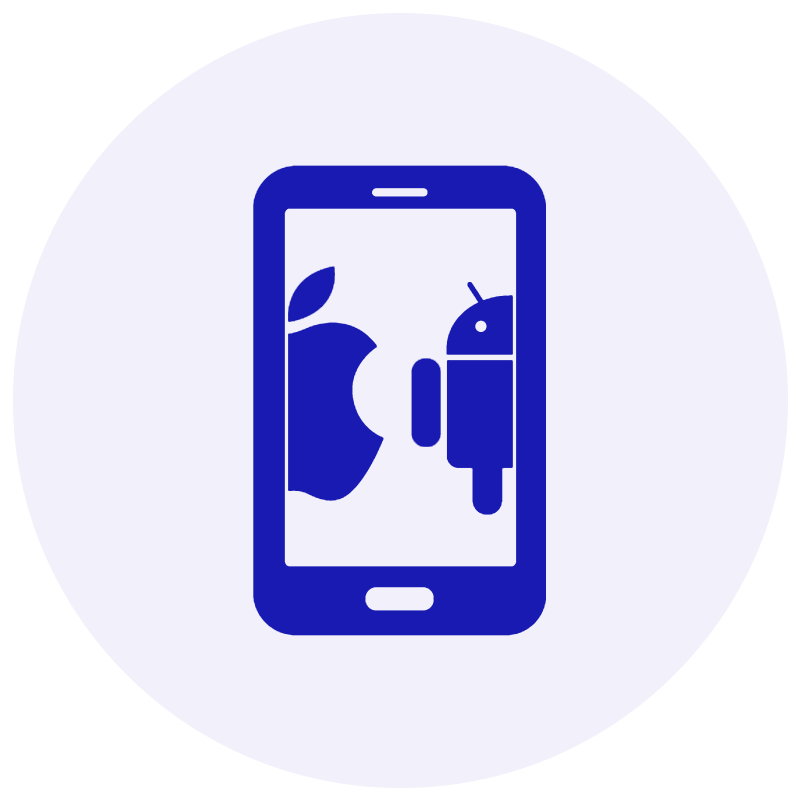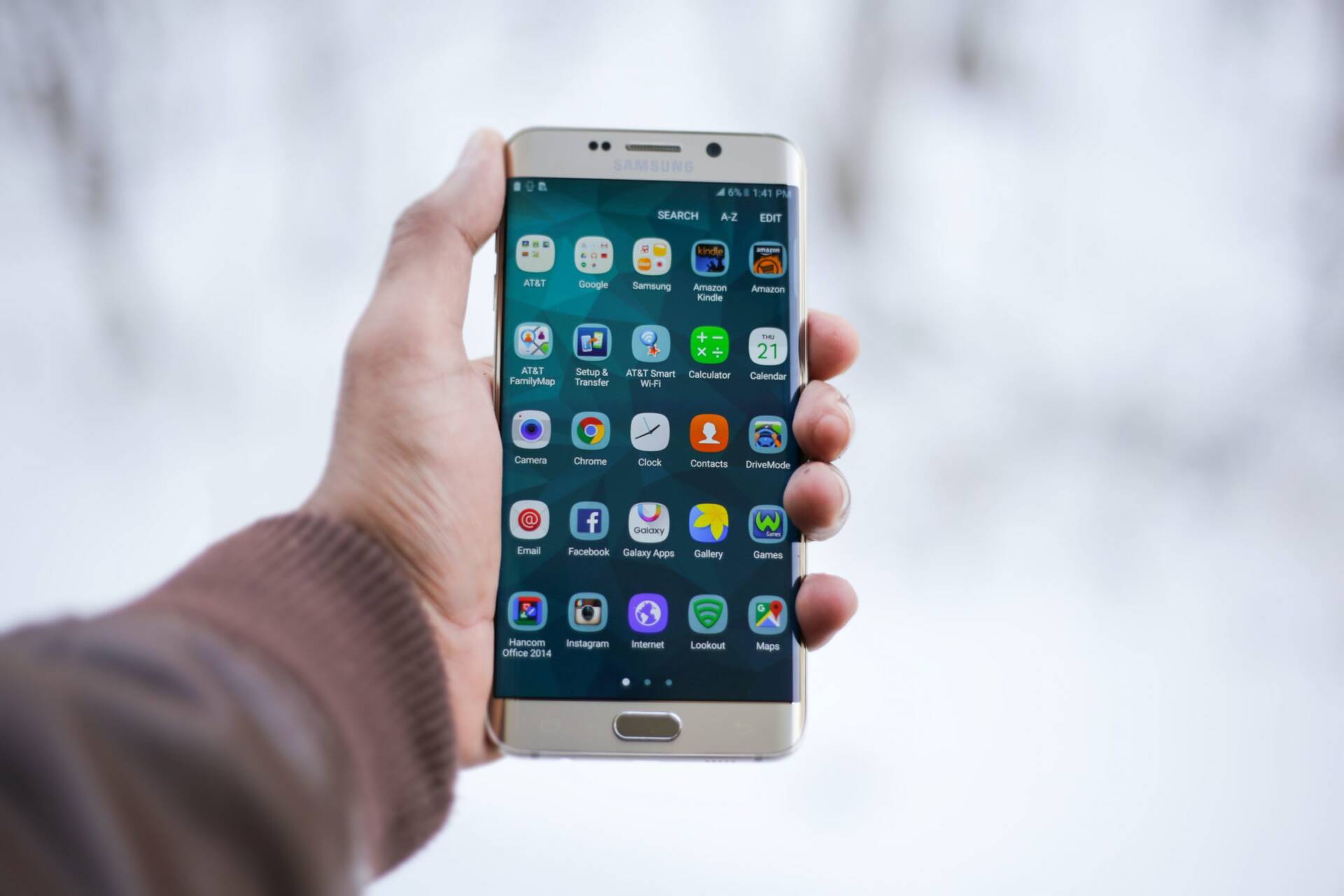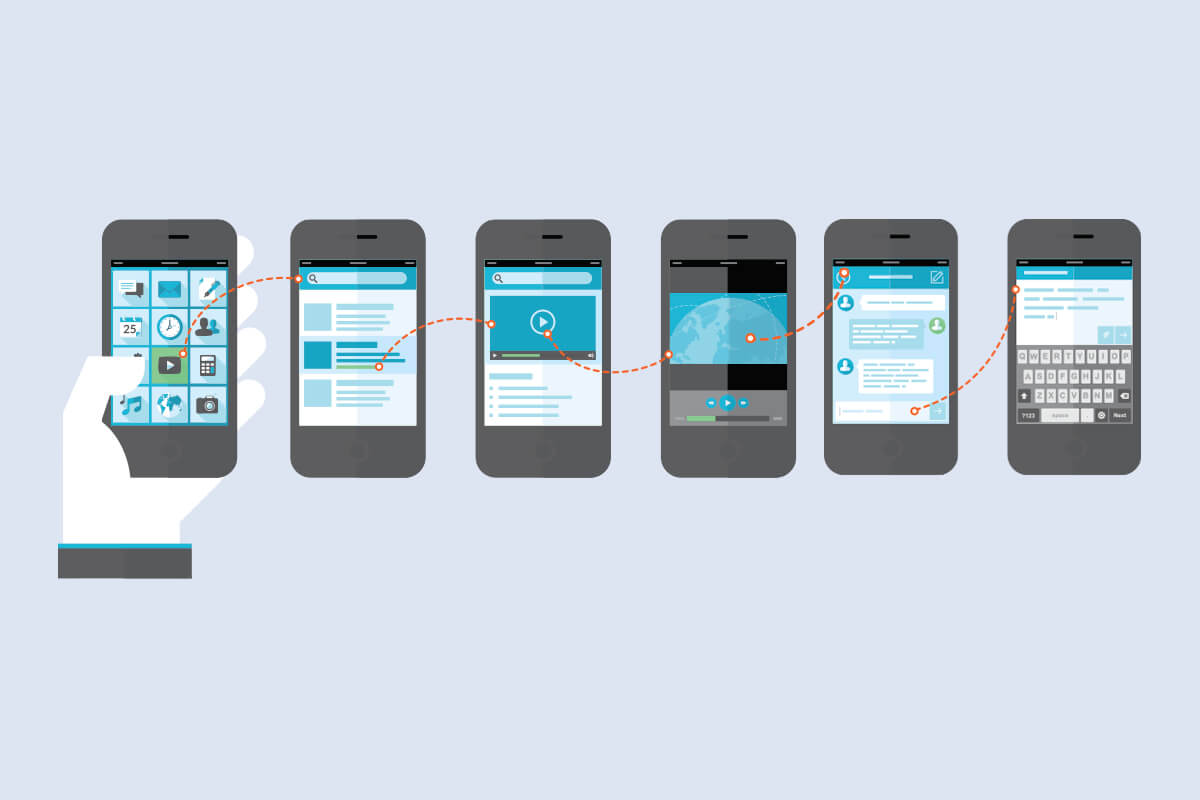|
Listen to this blog
|
Mobile phones have become ubiquitous and the mobile market penetration has increased exponentially in the last decade. As there is high consumer demand for mobile, and the market is becoming more saturated as everybody seeks to capitalize. It is essential that your mobile app offers an absolutely perfect user experience and to achieve this, your mobile QA needs to be excellent.
With the proliferation of many different types of mobile devices, one significant challenge faced by QA teams is ensuring that the application functions correctly across all of them. We cannot rely on Simulator or Emulators behaviour to ensure quality. However, setting up a mobile testing lab with all device and platform combinations is not a viable option.
For a short term project, procuring real devices and managing them for a while is achievable. However, you need an in-house mobile testing lab only if a hardware device like (IoT, Wireless, & Bluetooth) is associated with your mobile app.
Managing in-house mobile testing lab is challenging:
-You can’t test your app with every possible hardware and software combinations, as there are a sheer number of devices released every year and frequent OS updates for devices is also a big challenge. It is really hard to deal with devices vs OS combination which is known as mobile device fragmentation.
-We cannot eliminate/remove old devices which are no longer required for testing. Because not every user will install the new OS update. Many people don’t know how to do that, or they don’t care about new versions. You need at least some phones that are running older versions of the operating system to see how the app reacts in that environment.
-It’s important to test your app in real-life environments, a device with several hardware buttons, with batteries charged to run regression, with a headphone connection, turning on a camera, and network bandwidth.
-Installing the mobile app on all the devices manually will delay testing feedback.
Mobile App Testing on Cloud
Aforementioned real devices testing is a really challenging and time consuming process as one needs to wait for procuring new devices and adding it to your lab inventory and subsequently maintaining it. Testing mobile apps on the cloud is a really cost effective approach as the team can access real devices on the cloud any time. You need to subscribe to specific cloud testing platform service providers plan based on your usage, you will be charged for the hours of testing you have done with devices on cloud.
How to test mobile apps on cloud platforms?
You can take full control of a real mobile device through a web interface. No installation is required. However, some mobile apps which are under development cannot be accessed outside your network. In those instances, cloud testing platforms will provide a desktop app to access the real devices for local testing.
Gestures
Experitest is a one of the leading cloud mobile testing platforms. Here are the list of gestures supported in Experitest platform such as Multi-touch, swipe, flick, drag & drop, zoom in and out, shake, pinch, force touch (iOS), tap, and custom generated gestures. The list is comprehensive. You can do all the gestures you do on your real mobile phone and experience it.
Device Coverage
Tester gets an array of devices, OS platforms, etc. to choose from thereby reducing the overall cost of infrastructure and maintenance. You need to evaluate all the prominent cloud testing platforms before buying a plan for your team or organisation. We, as a mobile app testing company, suggest you to ask the below questions when you are evaluating these tools.
-Prepare the required list of devices to do testing & check with the provider that “Do you have the listed devices?”
-Ask – “How frequently do you add new or additional devices?”
-If you have an automation test suite for your mobile app testing and if your test execution is halted due to device unavailability, then ask – “How often your customers faced the device unavailability issues” and how to plan or reserve the devices to avoid such delays.
-Check for Constant server and device glitches.
Network Simulation
You can test your mobile app with different network simulations in all major cloud testing platforms. Testing a mobile app with your office network will not replicate end-user network conditions. You need to test your product in all possible network conditions. Let’s say you have a mobile app testing plan from BrowserStack. You can set your network as 2G, Edge, 3G, LTE, GPRS, Wi-Fi and 4G.
Security
A cloud testing platform should ensure that remote connectivity is secure, whatever data you have stored during the testing session should be wiped out, and the test execution logs & screenshots are stored in a secured database. They do provide remote clean-up sessions but that won’t suffice. It’s still recommended not to use sensitive data in real devices like — email credentials, secure bank passwords etc.
Conclusion
We, as a mobile testing services company, use cloud testing tools for manual testing and automation testing for multiple testing projects. We would recommend choosing your cloud mobile app testing platform after a detailed scrutiny. Check whether the vendor has all the required devices and the devices are accessible quickly without delay.
When you are going to purchase a plan for more than 5 users, try for a month with 2 users and ask the users to write pros and cons about the tool. This will help you to decide which is suitable for your team or organisation.
Contact us for your mobile app testing needs.





















Comments(0)